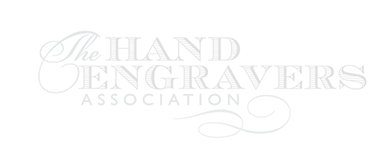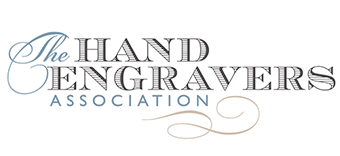engraving for seals and heraldry
Heraldry is an intrinsic element among engraving skills and in many workshops in the UK the reproduction of shields, coats of arms and crests constitutes a significant part of the commissioned work. This can be in the form of line engraving on important silverware such as salvers and quaichs or for seal carving of items like signet rings and desk seals.
Seals date back to the Middle Ages, when all great documents and communications were validated by a wax impression of a unique seal. Carved in reverse in either metal or stone and then impressed into melted wax, the seal literally ‘sealed’ a document, thereby demonstrating it had remained unopened until received by the intended person. Laws or royal charters would have the King’s great seal at the end, conveying the authority of the crown and the legality of parliament. The seal was the visual embodiment of the signature of power and authority, whether it was a formal state charter, entitlement to estates or property, or agreements between countries or individuals.
Today, the tradition of seal carving is not limited solely to the production of historic insignia. The popularity of signet rings has seen a resurgence in people commissioning a ‘seal’ of their own design, containing symbols that represent their life, family, hobbies or even pets. These wonderful items of jewellery serve as personal statements that can be passed on from generation to generation.

